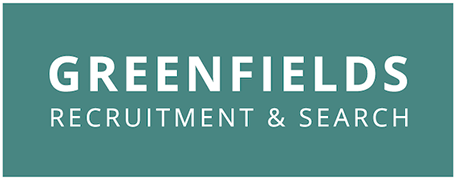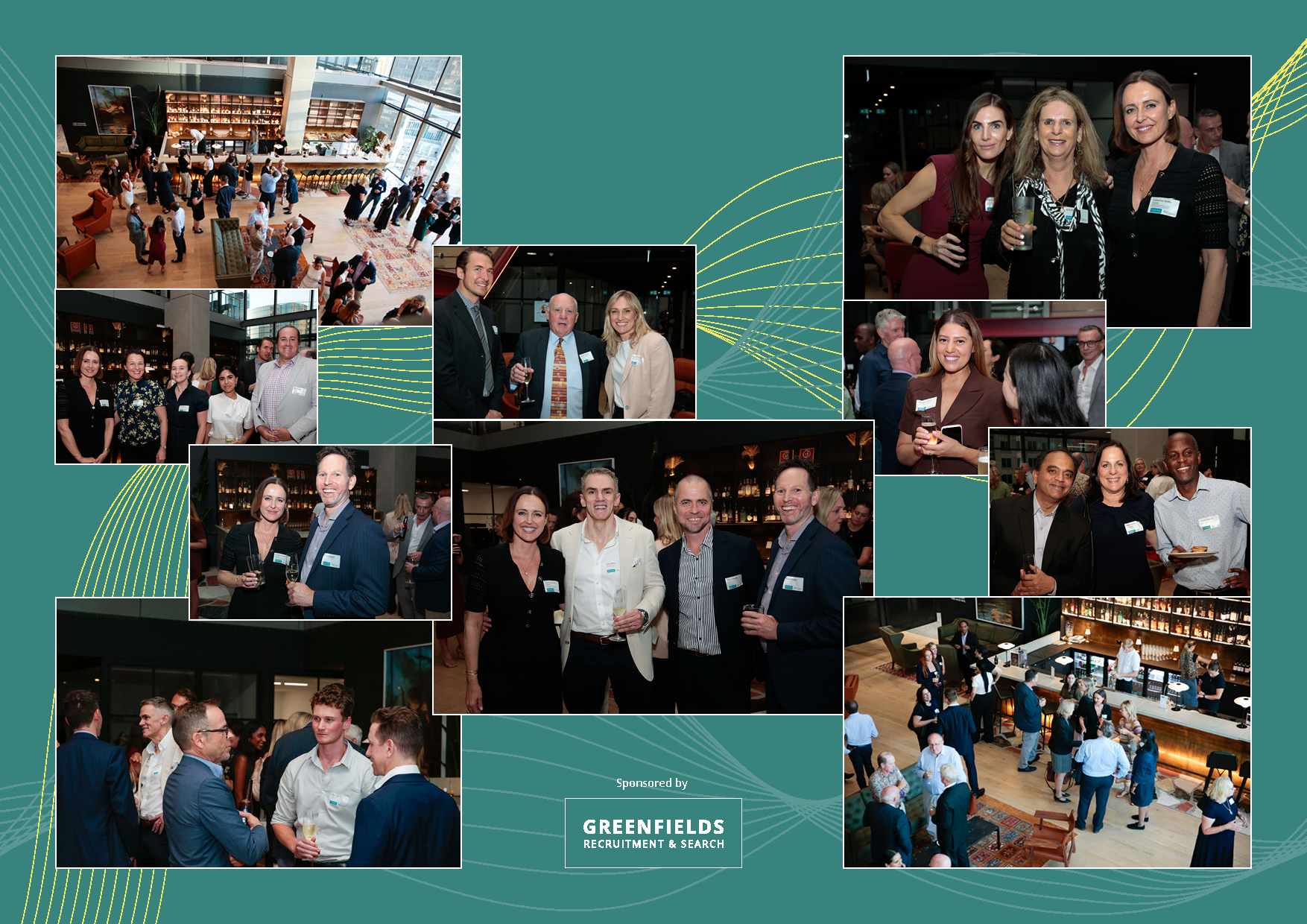
Have you noticed your organisation becoming so focused on building a happy, engaged workforce that your leaders are becoming profoundly conflict-avoidant? I see examples of this all the time. One clue that your team is avoiding conflict is if the least bit of discomfort in a meeting causes someone to suggest that you “take it offline.” This, of course, triggers the meeting-after-the-meeting phenomenon — another hallmark of a conflict-avoidant culture.
Other examples include executives allowing priority lists to balloon for fear of saying “no” to anyone; managers creating unfair and inefficient work-arounds rather than dealing with an unproductive team member; and employees letting their frustration and resentment toward one another fester rather than working through it. It’s not surprising that your team is avoiding conflict. In an era where we exalt employee wellness and happiness, we’ve started to think of conflict as antithetical to engagement.
It’s not. Instead, I see the greatest engagement challenges in organisations that eschew conflict. Avoiding conflict means that you fail to make difficult trade-offs required to prioritise, which leads to overwhelming workloads. Avoiding conflict means tolerating poor performance, which means other employees have to pick up the slack. Avoiding conflict means that it’s not safe to express dissent or frustration, which means stress and resentment build. The ability to get issues on the table and work through them constructively is critical to having a healthy culture.
It’s not just engagement that suffers when you sweep issues under the rug. Conflict avoidance is bad for business, too. Does your team tend to dilute resources over far too many projects so that none get any traction? Do you stay safe in your siloes, but lose the opportunity for the cross-pollination that creates innovation? Are your plans full of risks and assumptions that go unspoken for fear of starting a fight? Can you think of an example in your organization where the failure to work through a conflict productively is holding the business back?
You wouldn’t be alone. Rather than working through the conflicts that will help our organizations move forward, we duck, dodge, and defer them. The result is that most of us find our teams up to our eyeballs in conflict debt. Conflict debt is the sum of all undiscussed and unresolved issues that stand in the way of progress. Conflict debt can be as minor as withholding the constructive feedback that would allow your colleague to do a better job and as profound as continually deferring the strategic decision about when to scale your new product line.
Paying down the conflict debt on your team is critical, but it won’t be easy. The problem is that your team likely lacks both the skills and the mindset to use conflict productively. One reason for that is that we’re biologically wired to get along with those in our in-group. Second, we’re socialized to be polite (did you have a grandma like mine who was fond of saying, “If you can’t say anything nice, don’t say anything at all?”). Third, once we enter the workforce, we’re rewarded for getting along with colleagues, and perceived poorly if we rock the boat. I learned this early in my career. I had only been working for three months when I was chastised by a senior person for giving direct feedback to a colleague who had been making errors in reports to clients. My reputation suffered more for pointing out an error than his did for making one. Our conflict aversion runs deep.
Up until now, our solutions haven’t been up to the task. We have treated the lack of productive conflict as a skills gap. We’ve relied on books, articles, and programs to give employees the right words to say to work through conflict constructively. Unfortunately, I seldom see these skills put to use. But conflict aversion is so strong that a nifty new skillset isn’t enough to get people raising contentious issues. Even if we do help them muster the courage to surface conflicts, the sheer volume of difficult conversations that’s required soon exhausts most people. We need a more comprehensive solution that gets at our mindset and culture around conflict. For the past ten years, I’ve been working on methods to normalize conflict to make everyday issues less of a burden on all involved.
One of the approaches I’ve had the most success with goes right to the heart of our language and metaphors about teamwork. I attack misguided tropes that portray teamwork as a harmonious, happy endeavor. My personal favorite (and by that, I mean the one that causes me to tear my hair out) is the office poster with a crew of rowers making synchronous ripples in the serene blue water. If that’s hanging on the wall of your conference room, it’s no surprise that your team has problems with conflict. You’re sending the message that good team players pull in the same direction.
Play out the rower metaphor for a moment. If you’re a team member with the expectation that everyone is in the same boat and should be pulling in the same direction, then when someone disagrees with you, it’s only natural that it creates friction. “Who is this jerk who doesn’t agree with my point?” Friction leads people to either dig in or give up — two very unproductive forms of conflict.
To get productive conflict, you need to create an expectation that there will be (and should be) tensions on your team. If you can articulate what desirable, healthy, productive tensions look like, you can prevent people from interpreting diversity of thought as a dysfunctional dynamic. You can help them see that, for example, Sales and Operations should be in tension with one another. If Sales and Operations aren’t frustrating one another, someone isn’t pushing hard enough. Sales should be looking for shiny, new, differentiated solutions for customers while Operations should be trying to create consistency that supports efficiency. There’s a natural and healthy tension there. Similarly, there’s tension between Research and Marketing, Corporate and Field roles, and so on.
You can normalise productive conflict on your team by using an exercise to map out the unique value of each role and the tensions that should exist among them. Here’s how. Draw a circle and divide that circle into enough wedges to represent each role on your team.
For each role, ask:
1) What is the unique value of this role on this team? What should this person be paying attention to that no one else is? What would we miss if this role wasn’t here?
2) On which stakeholders is this role focused? Whom does it serve? Who defines success?
3) What is the most common tension this role puts on team discussions? What one thing does the person in this role have to say that frequently makes others bristle?
Answer those questions for each member of the team, filling in the wedges with the answers. As you go, emphasise how the different roles are supposed to be in tension with one another. As you go through the exercise, use examples of contentious issues that your team has been stuck on to illustrate these points. Watch the faces light up as they start to realise how their lack of appreciation for this dynamic has caused many of the arguments and hard feelings on the team. Talk about how you’ll use each of these different perspectives as criteria in your decision making from now on.
Once you go through this exercise, you’ll see that in the vast majority of cases, when presented with all the information, the team will be able to align around a decision. Where they can’t, the most effective path is to defer to the team leader to make a call taking all of the perspectives into consideration.
What you’ll discover using this exercise will open up so many great discussions. Use it to address issues such as: someone who is advocating too hard for their narrow point of view; a team member who has stopped adding their unique value and as a result has left the team exposed in some way; an imbalance on a team with multiple incumbents in one role who overpower the single-incumbent roles; performance goals that are misaligned with the best interests of the team overall.
With heightened awareness and a shared language, your team will start to realise that much of what they have been interpreting as interpersonal friction has actually been perfectly healthy role-based tension. They’ll realise that conflict and tensions are not the antithesis of cross-functional teams; they’re one of the main benefits of them. (Or as I like to put it, conflict is a feature, not a bug on teams.)
You owe it to your organisation to lead your team out of conflict debt. Rather than starting with training in conflict skills, start by normalising conflicts by framing them as productive, role-based tensions. That will lower the frequency of true inter-personal conflict to a manageable level and give your conflict skills training a hope of getting traction.
By Liane Davey, Harvard Business Review




0 Comments